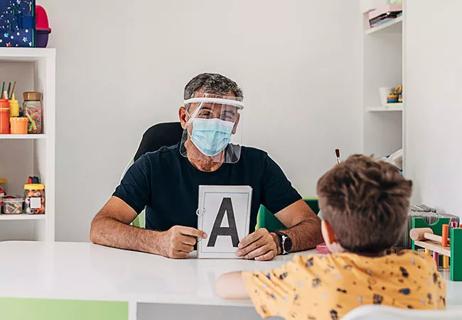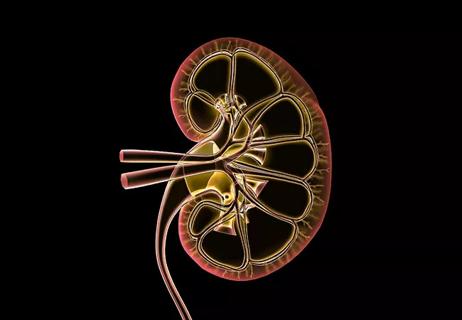Advertisement
Understanding this often misunderstood condition

A conversation with child psychologist Kristen Eastman, Psy.D
Advertisement
Cleveland Clinic is a non-profit academic medical center. Advertising on our site helps support our mission. We do not endorse non-Cleveland Clinic products or services. Policy
Selective mutism, or SM, is the inability to talk in select social settings (school, in public) despite normal talking in comfortable settings (at home). It often overlaps with other signs of (usually social) anxiety. Communication varies from setting to setting and person to person. Difficulties are indeed “selective” and thus often misunderstood.
There are three main myths: 1) “It’s rare.” SM isn’t as rare as once thought. This belief has led to missed opportunities for early diagnosis. 2) The child is “choosing” not to talk. SM has been reclassified as an anxiety disorder. It’s not a behavior disorder. The child is not being stubborn. 3) “It’s just shyness.” Shy kids function. Kids with SM freeze up and do not function in select social settings.
Take note if a child cannot readily talk to you/your staff, stops talking to a parent when you enter the exam room, or appears frozen/expressionless and is unresponsive.
Ask the parent the following:
When in doubt, refer for a proper evaluation. Early intervention is critical and will allow for a much better prognosis.
Refer: 330.888.4000
Advertisement
Advertisement

Cleveland Clinic physicians offer their insights

Increasing support for breastfeeding patients

Program has facilitated nearly 300 consults across 25 departments in less than a year

Though completely preventable, lead poisoning remains a public health threat

Differences in infection rates, management, outcomes and transmission

Helps patients visualize proper tongue placement

On the need for coordinated care